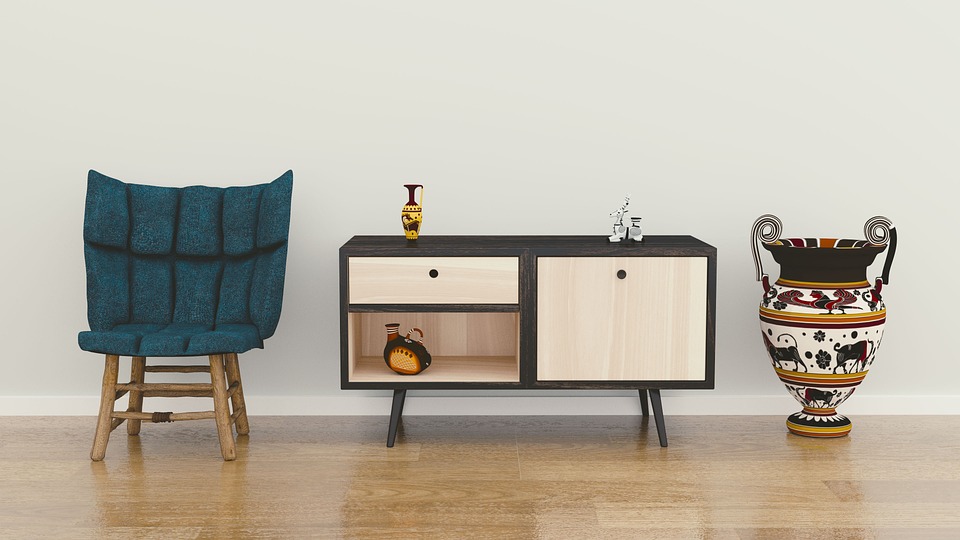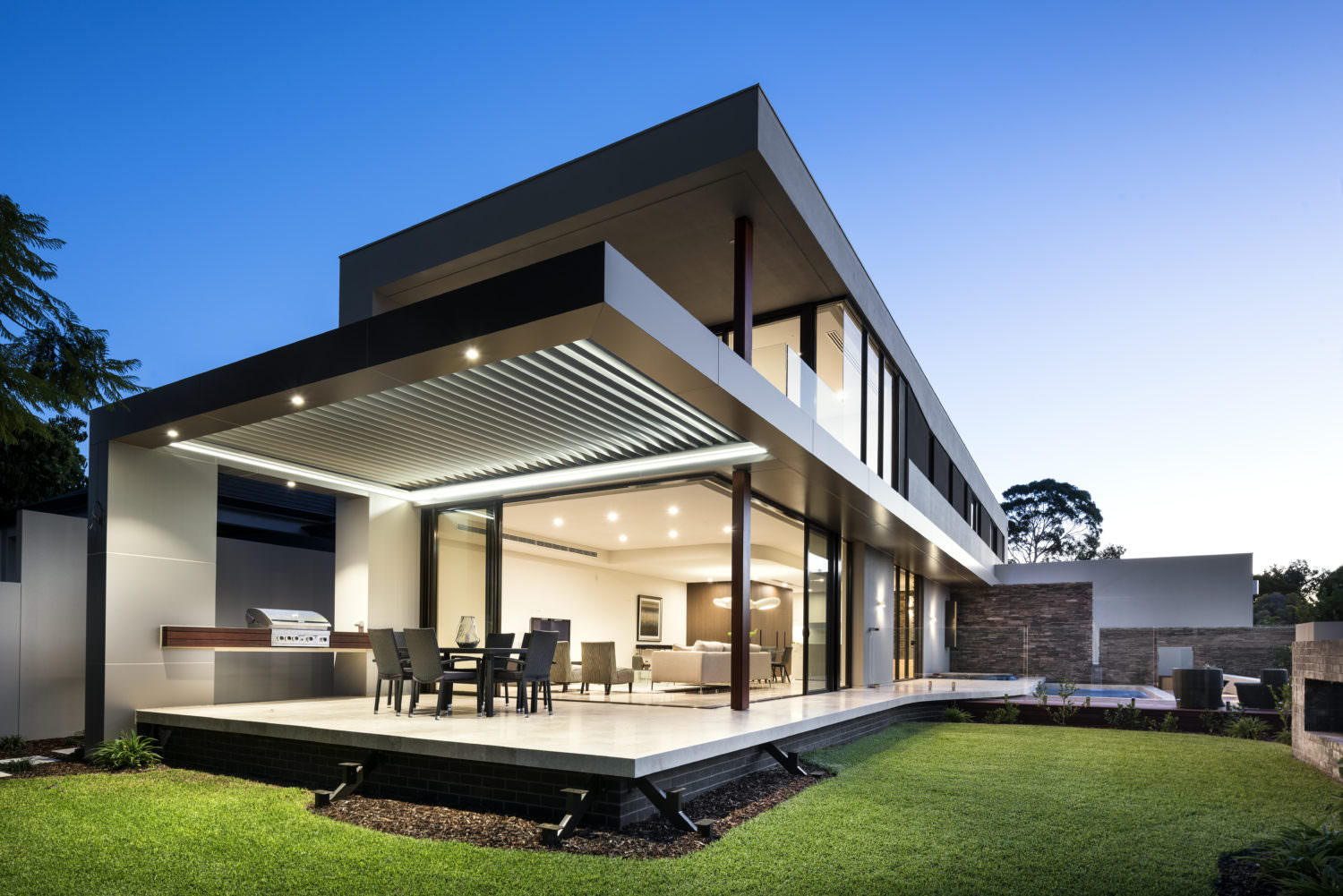Good designs have meanings. Meanings that can connect people with things. Meanings that last for years and years.
Today, from phones to coffee pots, designs have an impact on our lives in both subtle and obvious ways. Prodigious designs are more than just good aesthetics. It is an art, where design is a complex yet subtle science that is just more than making things pretty. The same goes for home designs.
Home designers use houses to define what they wish to accomplish in design and in doing so, they go through a myriad of design philosophies and limits of architecture.
So, let’s dive deep into the world of home design and try to understand what are some common designs that are shaping today’s personal spaces.
#1. Function Over Form

Whether the idea comes from Dieter Rams, Frank Lloyd Wright or Louis H. Sullivan, the philosophy of making a product useful above all has inspired several designers. The meaning is pretty direct, stating that focus should be emphasized on the functions rather than the superfluous and unnecessary designs. As it turns out, these functional-over-pretensions-of-aesthetics have given rise to the contemporary minimalist design movement.
#2. Simplicity

I’m sure you must have heard of how simplicity is the ultimate sophistication.
It doesn’t matter whether you are designing a house or a mere table, when simplicity is displayed, peace and contentment can be enjoyed to the maximum.
Many protest against the ideology of stripping appealing and complex aesthetics for simplified designs. However, simplicity doesn’t mean the absence of enduring artistry but simply recognizing the true beauty that surrounds you.
As we can see in today’s homes, simplicity and minimalist designs reign over all.
#3. The Details Make the Design

When we are talking about interior design, paying close attention to even the smallest details will eventually come up.
As claimed by Charles Eames, details can have a significant impact on the overall design. There have been numerous instances where minor changes homeowners made to designs resulted in significant improvements. If you’re having trouble with your design, I recommend focusing on the details to see if it makes a difference.
And, trust me, it will!
#4. Design That Satisfies the Ego of the Designer Must Be Eliminated

Always remember this: Home designers are not home users.
When you are designing a home, you need to keep in mind that the design should not speak your language but that of the homeowner. Priority should be given to your client’s needs and not to what you like or think would be best for the house.
#5. The Most Valuable Architectural Value Is Human Value

Over the several decades, several interpretations have been made when the topic of best architectural values comes up. However, instilling human values in personal spaces is one of the best interpretations I’ve heard so far.
Compared to this deep consideration, everything else fails for me as nothing is more valuable than human values and emotions.
#6. ‘Wow” Should Be the Main Objective

One of the main reasons why people want their homes to look attractive and expensive is because they wish to impress others.
If you really want a big “wow” as a response, aiming for strong, powerful and vibrant designs is the best way I know.
#7. Design as Cultural Artifact

The contemporary era doesn’t restrict a designer from combining the sophisticated look of modern design with cultural aspects.
I think the most meaningful home design should include articulate at least a bit of one’s exquisite culture.
It’s not only about the culture, but also represents a sort of hope for a better tomorrow.
So, which one is your favorite home design philosophy?




One Comment